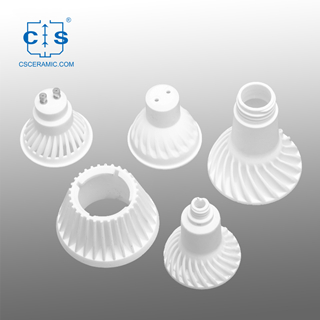
Transparency is a pivotal attribute in the realm of alumina ceramics, significantly impacting their processing. The quality of transparency in alumina ceramics plays a pivotal role in determining their industrial applicability. So, what are the factors influencing the transparency of alumina ceramics? Let's delve into these factors that influence the transparency of alumina ceramics.
1. Porosity Levels
The fabrication of alumina ceramics fundamentally involves the densification process during sintering, which aims to eliminate microscopic pores. The size, quantity, and types of pores within the material substantially affect the transparency of alumina ceramics.
2. Grain Boundary Structure
The grain boundary structure differs between transparent and opaque alumina ceramics. Transparent materials exhibit well-defined and clear grain boundaries. Typically, the phase composition of alumina ceramics includes two or more phases, leading to light scattering at phase interfaces. When incident light encounters grain boundaries upon entering the crystalline structure, refraction and reflection occur. If the refractive index of the grain boundary matches that of the crystal grain, no refraction or reflection takes place. However, a disparity in refractive indices between the grain boundary and the crystal grain can impact transmittance.
3. Grain Size
The transparency of alumina ceramics is contingent upon the grain size of the ceramic polycrystals. When the wavelength of incident light matches the diameter of a grain, light scattering becomes prominent, consequently diminishing transparency. Therefore, to enhance the transparency of alumina ceramics, it's essential to control the ceramic grain size beyond the wavelength range of the incident light.
4. Surface Finish and Smoothness
The transparency of alumina ceramics is also governed by surface finish and smoothness. Post-sintering, untreated ceramic surfaces exhibit notable roughness, leading to diffuse reflection upon light incidence. Larger surface roughness in alumina ceramics corresponds to lower transparency. Hence, improving transparency significantly involves grinding and polishing alumina ceramic surfaces.
In conclusion, it's evident that several factors contribute to the transparency of alumina ceramics, including porosity levels, grain boundary structure, grain size, and surface finish. By diligently addressing these aspects, we can undoubtedly provide you with alumina ceramic products exhibiting exceptional transparency.
Thank you for reading. We invite you to visit CSCERAMIC for more information if you would like to learn more about industrial ceramic material and the advanced range of ceramic products we offer.




 info@csceramic.com
info@csceramic.com
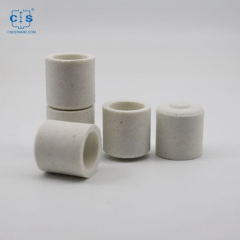
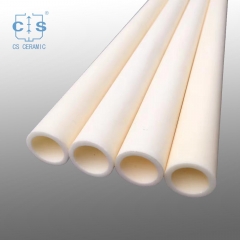
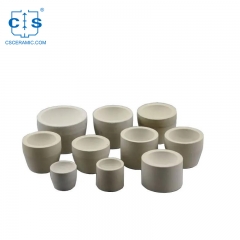
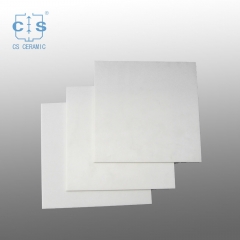
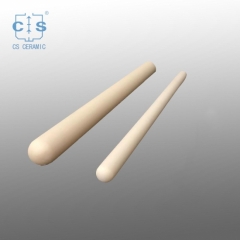
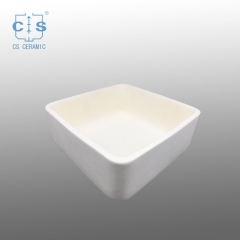
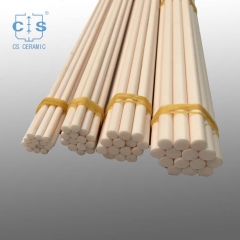
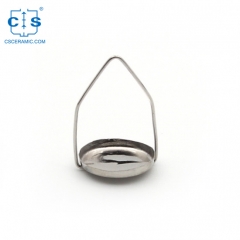
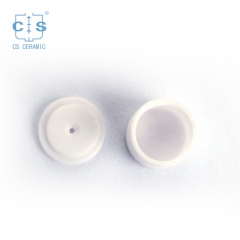
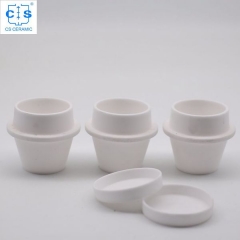





 +86 0731-23455639
+86 0731-23455639
 +86 18273288522
+86 18273288522